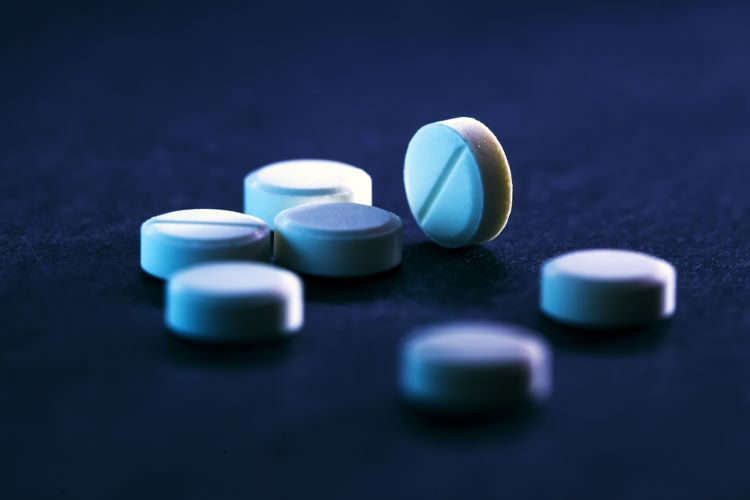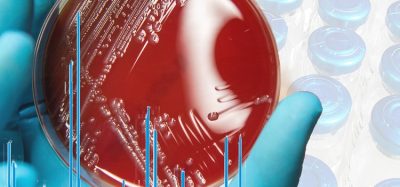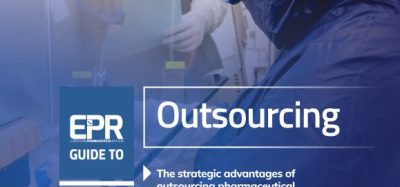Utilising rapid UHPLC for tablet QC analysis
The proposed UHPLC method is suitable for routine quantitative analysis of teneligliptin and pioglitazone, a paper reports.
Researchers have developed and validated a rapid, sensitive, precise ultra high performance liquid chromatography (UHPLC) method for dual determination of the type 2 diabetes drugs, teneligliptin and pioglitazone.
According to the paper, Kolhe et al. wanted to ensure the UHPLC method offered improved resolution and peak symmetry, while adhering to ICH validation guidelines.
The researchers proposed the technique for both pure and pharmaceutical formulations.
the UHPLC method offers speed, convenience, precision and accuracy…[and is] considered more cost effective as compared to other reported methods”
Beneficially, the UHPLC method offers “speed, convenience, precision and accuracy…[and is] considered more cost effective as compared to other reported methods”.
In conducting their research, the authors highlighted that there is no UHPLC method reported for determination of teneligliptin and pioglitazone by HPLC-type analytical methods.
Results of the UHPLC study
The retention time for both teneligliptin and pioglitazone was found to be 2.382 and 3.315 minutes respectively. The authors emphasised: “Importantly, no additional peaks were observed”.
“The preparation of five distinct concentration calibration standards in five replicates allowed for the determination of the method’s linearity”. Peak area against concentration demonstrated linear between 2-10 µg/mL for teneligliptin and 1.5-7.5 µg/mL for pioglitazone, the authors stated.
The limit of detection was 0.0843 and 0.0084 μg/mL. Conversely, the limit of quantification was 0.255 and 0.025 μg/mL for teneligliptin and pioglitazone respectively.
Furthermore, Kolhe et al. shared that the assay percentage of the available formulation was 99.72 and 100.51 for teneligliptin and pioglitazone.
In addition, the proposed analytical method demonstrated satisfactory precision, the researchers explained. For example, with “a relative standard deviation (RSD) not exceeding two percent”.
A viable method for quality control analysis?
Findings from the chromatography study indicated effective separation of the drug substance from their degradants.
The authors concluded that the proposed UHPLC method is suitable for tablet analysis, “making it a viable option” for routine quality control of teneligliptin and pioglitazone in pure form and pharmaceutical formulations.
The paper was published in the International Journal of Pharmaceutical Investigation.










